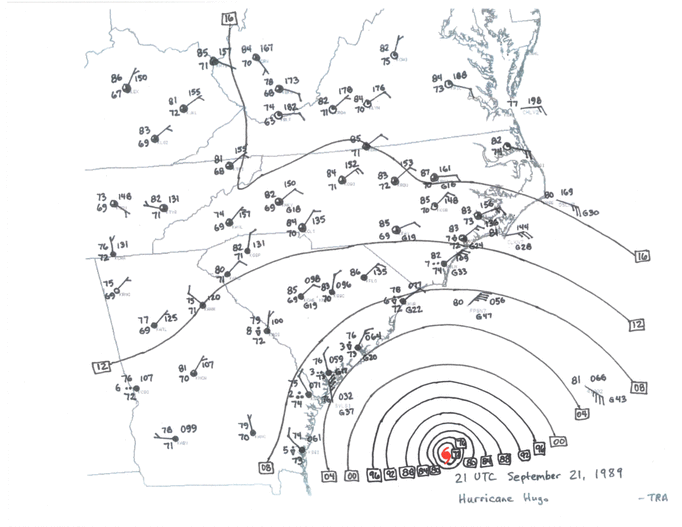 Hello everyone! Thanks for reading our blog here at WVVA. Since this is my week to post to the weather blog, I wanted to use this post to introduce myself and share some of my thoughts.
Hello everyone! Thanks for reading our blog here at WVVA. Since this is my week to post to the weather blog, I wanted to use this post to introduce myself and share some of my thoughts.
I am originally from the Tazewell, Virginia area, and continue to call Four Seasons Country, home. My wife and I have two children and they keep us very busy. Before coming to WVVA, I ran a video production business and also worked for a local ministry. I graduated from Bluefield College with a B.A. in Communications and am continuing my weather education, currently completing Meteorology courses with Mississippi State University.

WVVA’s Stan Sweet and 10-Year old Travis Roberts
I have had a passion for weather forecasting since I was in second grade. Before I turned 11, I had already learned a few forecasting tricks from former WVVA weather anchor Stan Sweet. I also became a National Weather Service storm spotter while still in grade school. The picture posted here of Stan and I was at the NWS Storm Spotter training at WVVA in 1989. Weather was something that fascinated me, and to this day continues to amaze and challenge me.
Growing up and working on a dairy farm in Tazewell County, I learned how weather can make or break your day. Work on the dairy farm was often slowed, thanks to the sub-zero winter cold that Burkes Garden is known for. In addition, corn planting and harvesting, hay baling and other farm activities revolved around the weather conditions. Working outside in the weather gives you a real appreciation for receiving an accurate forecast.
We’re all affected by the weather. My goal as a member of the WVVA Weather Team is to provide accurate, informative and helpful information to help you plan.
I look forward to future blog posts on a variety of topics. One final item that I want to share. I enjoy photography, especially weather and star photography. Here is a slideshow of a few images I’ve been able to capture over the last few years.









































